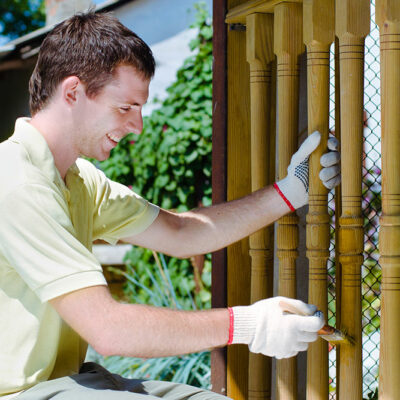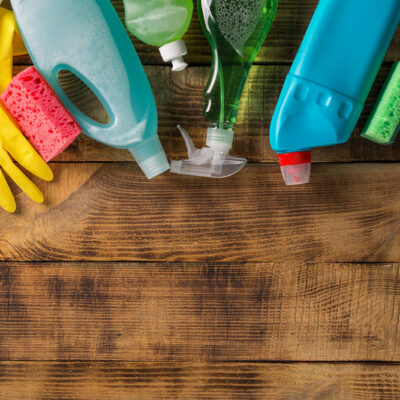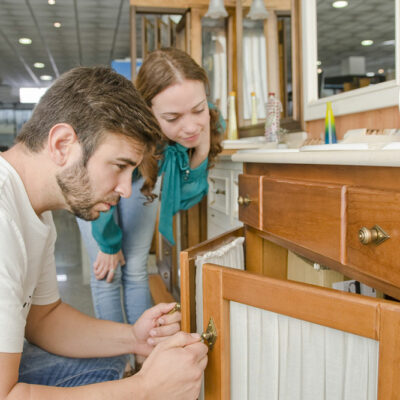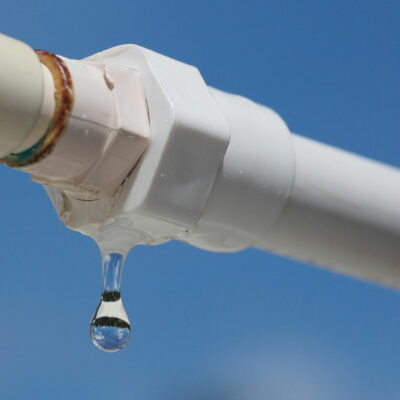
4 key things to consider when choosing a garden fence
Choosing a garden fence sounds like the easiest thing to do. But it is more complex than what may seem on the surface. Individuals need to consider certain crucial factors while picking a garden fence. Otherwise, one may face a range of issues regarding their garden in the long term. To avoid any commonly faced issues, take a look at some key things to consider when choosing a new garden fence. Privacy and security Privacy and security are closely related, and one must select a fence to fulfill both these criteria. If an individual has their garden in a relatively quiet street with a few passers-by, then they may prefer an open and breezy style of fence, such as an arched top paling fence panel. On the other hand, if a garden is on a busy street or a zone in which traffic is excessive and passers-by more than a handful, then a traditional close board fencing panel or a strong and opaque fence is an ideal option. Ultimately, one’s prime goal should be choosing a fence that makes their garden as safe and private as possible. Durability Garden fences must be made from durable and high-grade materials only. Moreover, while selecting fencing materials, one must choose options that provide UV protection and anti-rusting features.
Read Article 









